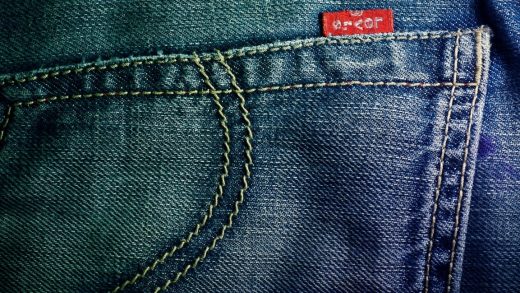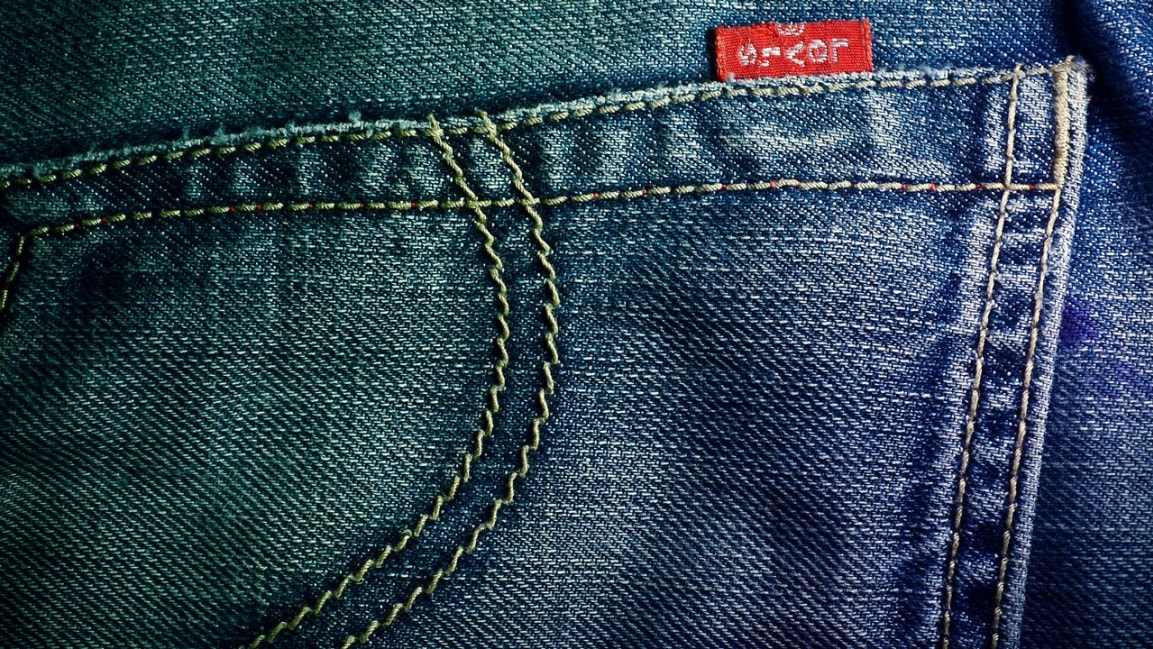Levi Strauss hopes to cut water use by 50% in some ‘high stress’ areas by 2025
As a fashion company, Levi’s knows very well that one size does not fit all. Now, it is applying that knowledge to its work cutting water usage at its factories and finishing plants—with the goal of significantly reducing water use in depleted areas by 2025.
Under the new initiative, Levi Strauss & Co., the company behind your favorite denim and Dockers, will work with its suppliers to set water use targets, based on the water situation at the local level. That means that manufacturing and finishing facilities located in countries where water is hard to come by will have more stringent target levels than facilities in countries with plenty of water to go around.
Ideally, this will let Levi’s focus its water use reduction efforts to where it is needed most, with the goal of cutting water use by 50% in water-stressed areas by 2025. That said, Levi’s will try to improve water practices everywhere it has facilities, not just in countries with “high stress” water situations.
While using less water is good for the planet, there is also a business angle: When suppliers use less water, they use less energy, and they save money on both, which is good for the bottom line. The new plan is “data-driven and outcome-oriented,” and the hope is that the new approach will heighten both the sustainability and resiliency of the company’s supply chain while extending that resiliency to the watersheds and communities that support it. In short, it’s a win-win situation.
“We all know that water is perhaps the most critical resource on the planet and that many places, including countries the apparel industry sources from, are struggling with water crises,” Liz O’Neill, president of LS&Co.’s global product, innovation, and supply chain, said in a press release. “This announcement is an illustration of what sustainability means to us now: innovative, responsive, scalable programs that drive impact and inspire collective action to address the most pressing social and environmental issues facing our business, industry, and planet.”
This is all part of Levi Strauss & Co.’s ongoing push to clean up the denim industry’s act, including its Water<Less denim program, its commitment to Zero Discharge of Hazardous Chemicals in 2020 (isn’t that nice of them?), and its open-source Screened Chemistry Protocols, which theoretically prevent hazardous chemicals from entering the apparel supply chain. It’s a good start, but more can—and should—be done, because no one likes wearing dirty jeans.
(21)



